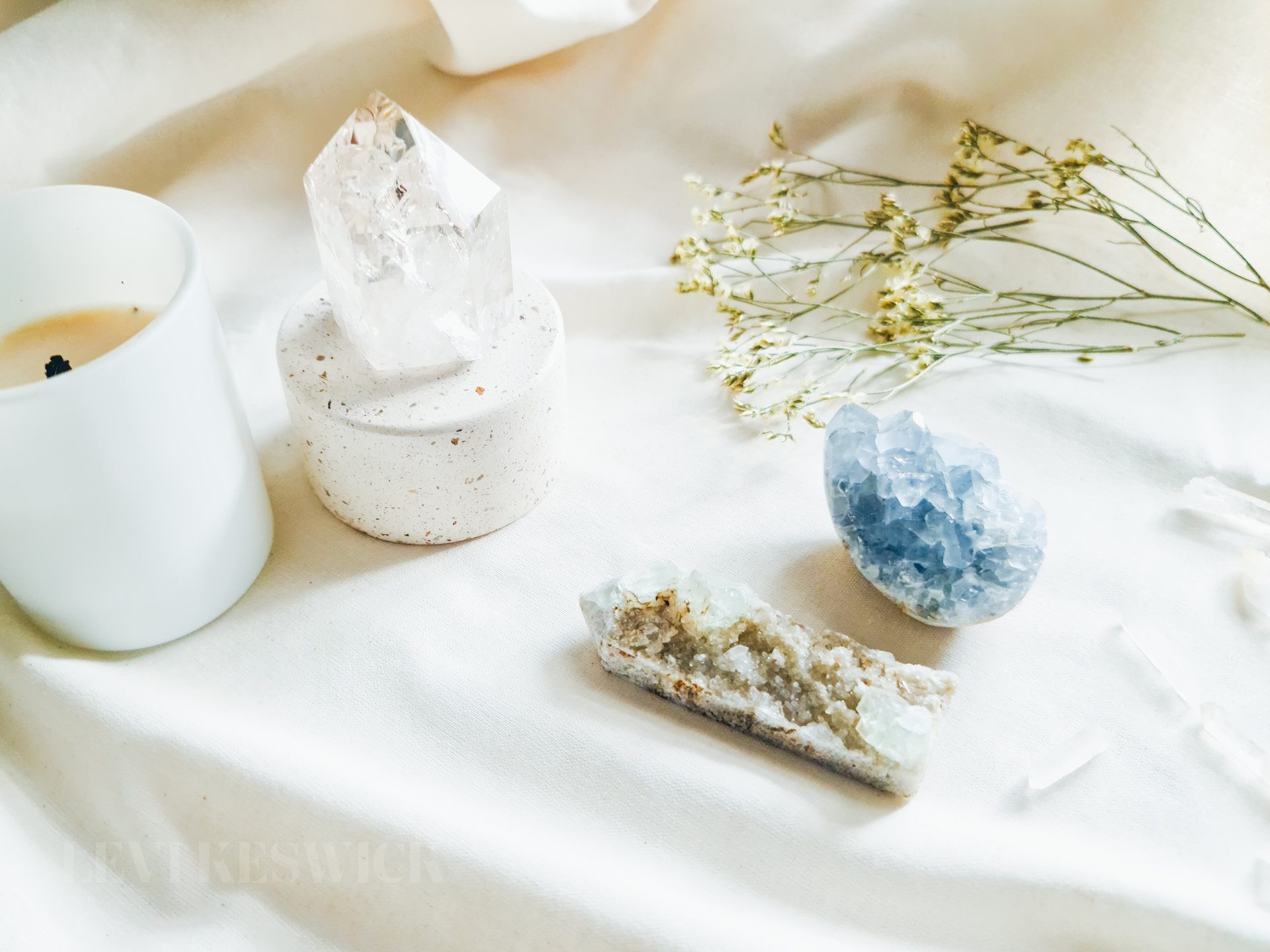Key Takeaways:
- Crystals, though beautiful and often attributed with healing properties, can pose health risks if misused or handled improperly.
- The key concern for pyrite crystal, also known as Fool’s Gold, is its potential to release toxic sulfur dioxide gas when heated, making it unsafe for certain uses, like elixirs or candles.
- The mineral composition of certain crystals, such as malachite and cinnabar, can also pose risks to humans.
- Awareness of these risks and knowing how to handle each crystal safely can prevent adverse health impacts.
The Magic and Mystery of Crystals: A Double-Edged Sword
Crystals have long captivated us with their vibrant colors, unique shapes, and the myriad of healing properties we attribute to them. They’ve moved from dusty shelves in obscure shops to centerpieces of modern lifestyle products. But this surge in popularity comes with its own set of challenges. As we learn more about these natural wonders, we begin to understand that not all crystals are as innocent as they appear. Among these, the pyrite crystal stands out, leading many to ask: Is pyrite crystal dangerous?
The Pyrite Paradox: Protective Energy or Hazardous Mineral?
Known for its shiny golden hue, pyrite, often referred to as Fool’s Gold, is a favorite among crystal enthusiasts for its perceived protective energy and ability to attract success. However, beneath the glinting surface of this iron sulfide mineral lies a potential hazard. Over time, pyrite can release small amounts of arsenic as it oxidizes, rendering it unfit for ingestion. Furthermore, when exposed to heat, as in a candle, it can emit sulfur dioxide gas, a harmful substance to humans. Thus, while it is safe to possess and handle pyrite as a decorative item, it’s crucial to keep it away from heat sources and certainly out of anyone’s mouth.
Beyond Pyrite: Other Crystals with Hidden Dangers
Pyrite is not the only crystal that holds potential dangers. Several other popular crystals also have safety considerations that are crucial to understand. For instance, malachite, with its mesmerizing green hue and strong healing energies, contains copper carbonate. This substance can damage the nervous and endocrine systems if ingested, inhaled, or absorbed through the skin. Likewise, cinnabar, a striking red mineral known for promoting transformation and self-discovery, can release harmful mercury vapors when heated.
Safety First: The Responsible Handling of Crystals
Awareness of the potential dangers associated with certain crystals should not deter us from enjoying their beauty and supposed benefits. It should, however, guide us towards more responsible handling. To safely enjoy your crystal collection, here are some general guidelines:
- Keep crystals away from heat sources: This is particularly important for pyrite, which can release toxic sulfur dioxide gas when heated.
- Avoid ingesting crystals: This applies to using them in elixirs or placing them in drinking vessels, as many crystals can release harmful substances when consumed.
- Handle with care: Certain crystals, like malachite, can shed fine dust particles that can be harmful if inhaled or absorbed through the skin. Always wash your hands after handling such crystals.
- Keep harmful crystals out of reach: Especially those that are attractive to children, like the brightly colored cinnabar and crocoite.
Conclusion: Unmasking the Beauty of Crystals
The world of crystals is as complex as it is fascinating. Beneath their aesthetic allure lies a labyrinth of chemical compositions that can either enchant or endanger us. Being informed about potential hazards, like the question, “is pyrite crystal dangerous,” can help us navigate this world more safely. It also reminds us of the respect we must hold for these gifts from Mother Nature – stunning beauties that, like many things in life, must be handled with care.








